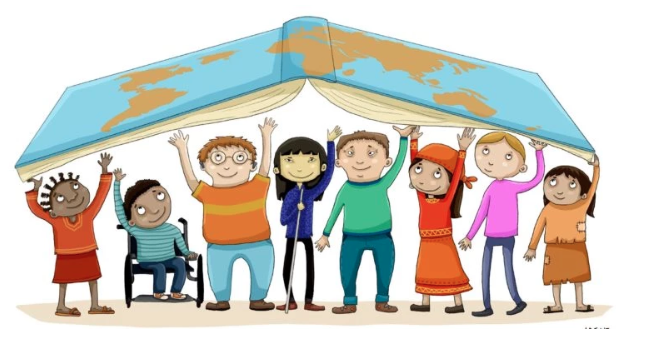Inclusion
Making sure that every student feels accepted and supported in the classroom, regardless of their disabilities, skills, or histories, is essential for creating an inclusive learning environment. This include giving everyone the same chances to participate, making sure that materials are easily accessible, and providing individualized help when required. Diversity is welcomed and each student’s…
